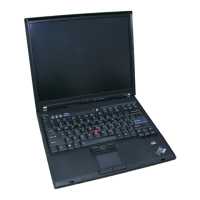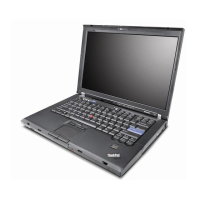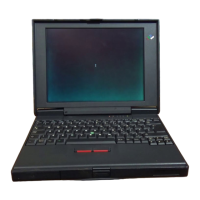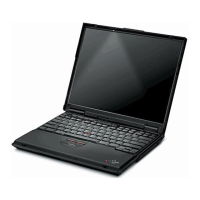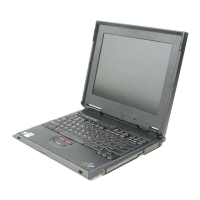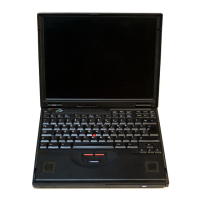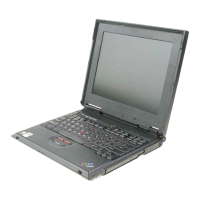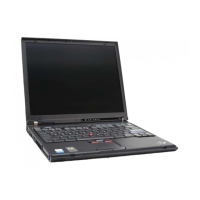Chapter 2. System Commands
8
Some
of
the
5100
system commands are listed above
the
top
row
of
numeric keys
on
the typewriter·like alphameric keyboard (Figure 4). These commands allow you
to
control tape and printer operations, such
as
storing a program
on
tape, loading a
program into the
5100
from tape, and executing a loaded program. System commands
can either
be
entered character-by-character from the keyboard,
or
the entire key-
word can
be
entered by holding down
the
CMD
key and pressing the appropriate
number key below
the
command (except for MARK, MERGE, and PATCH, which
are
not
listed). The latter operation inserts the keyword with a single keystroke,
thus preventing possible keying errors and providing faster operation. The system
commands are used
to
direct
the
5100
to
perform
the
following types
of
system
operations:
• Program Execution -
Start
or
resume execution
of
a BASIC program
or
command.
• File Operation - Load
or
save programs or
data
on tape,
or
mark tapes.
• Program Operation - List ano number program statements
or
merge several
programs into one program.
Parameters required for a command can
be entered after the command keyword
is
entered. The command operation then starts after
you
press
the
EXECUTE key. The
keywords and major functions
of
the
BASIC system commands are:
LOAD
RUN
GO
SAVE
MERGE
RENUM
AUTO
LIST
UTIL
MARK
PATCH
REWIND
RD=
Load work area
Run BASIC program
Resume interrupted processing
Save work area
Merge work area
Renumber statements
Automatic line numbering
Display
or
print work area contents
Perform utility functions (print/display a tape directory or invoke
communications operations)
Mark tape file
Apply internal machine fix (IMF), tape recovery, or tape copy
Rewind
tape
Specify rounding position
of
printed numeric values
